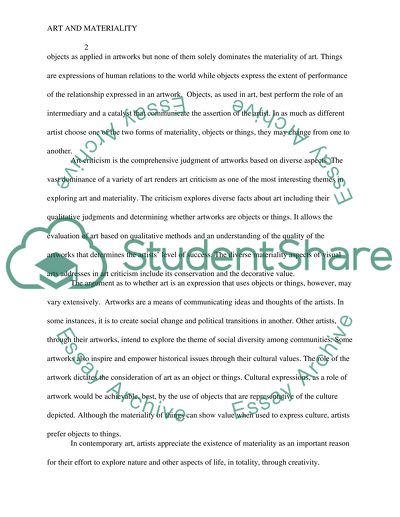Cite this document
(“Art and Materiality Essay Example | Topics and Well Written Essays - 2750 words”, n.d.)
Art and Materiality Essay Example | Topics and Well Written Essays - 2750 words. Retrieved from https://studentshare.org/visual-arts-film-studies/1403985-art-and-materiality
Art and Materiality Essay Example | Topics and Well Written Essays - 2750 words. Retrieved from https://studentshare.org/visual-arts-film-studies/1403985-art-and-materiality
(Art and Materiality Essay Example | Topics and Well Written Essays - 2750 Words)
Art and Materiality Essay Example | Topics and Well Written Essays - 2750 Words. https://studentshare.org/visual-arts-film-studies/1403985-art-and-materiality.
Art and Materiality Essay Example | Topics and Well Written Essays - 2750 Words. https://studentshare.org/visual-arts-film-studies/1403985-art-and-materiality.
“Art and Materiality Essay Example | Topics and Well Written Essays - 2750 Words”, n.d. https://studentshare.org/visual-arts-film-studies/1403985-art-and-materiality.


